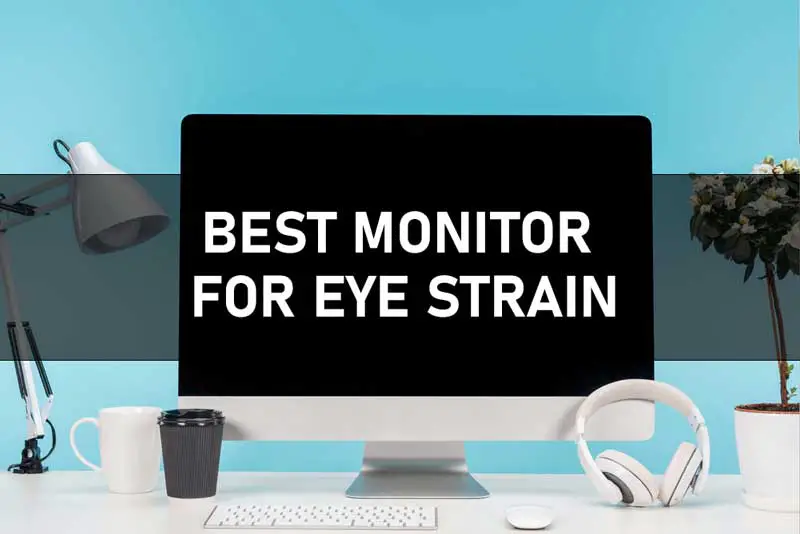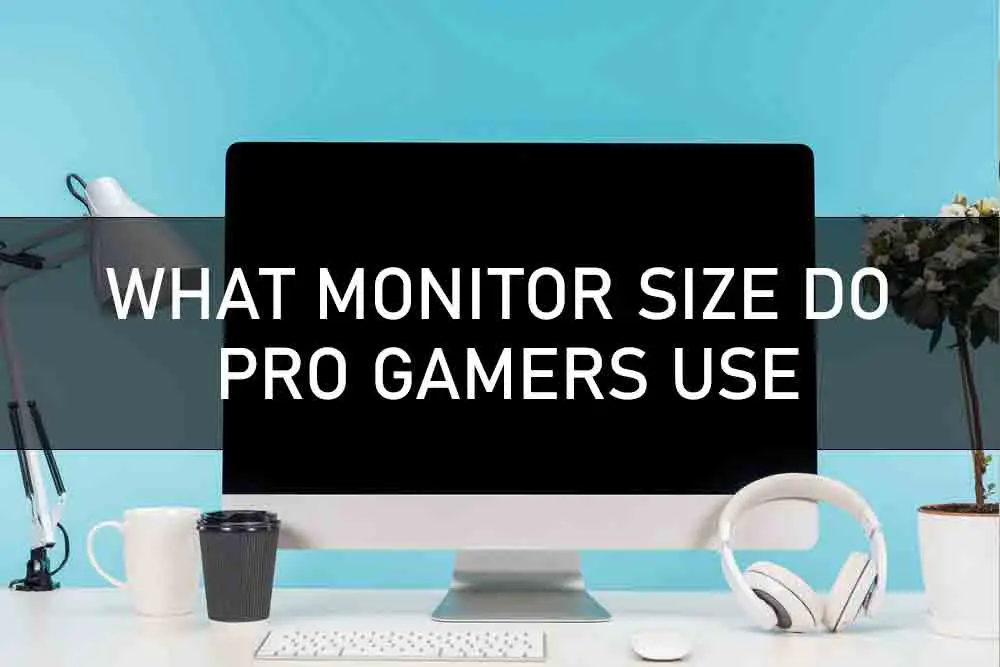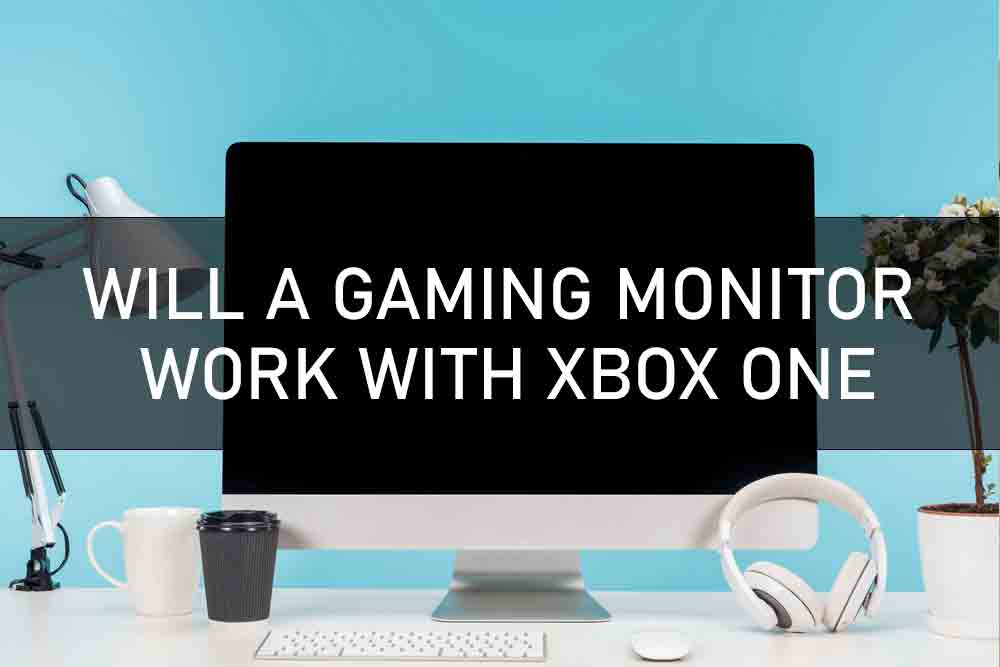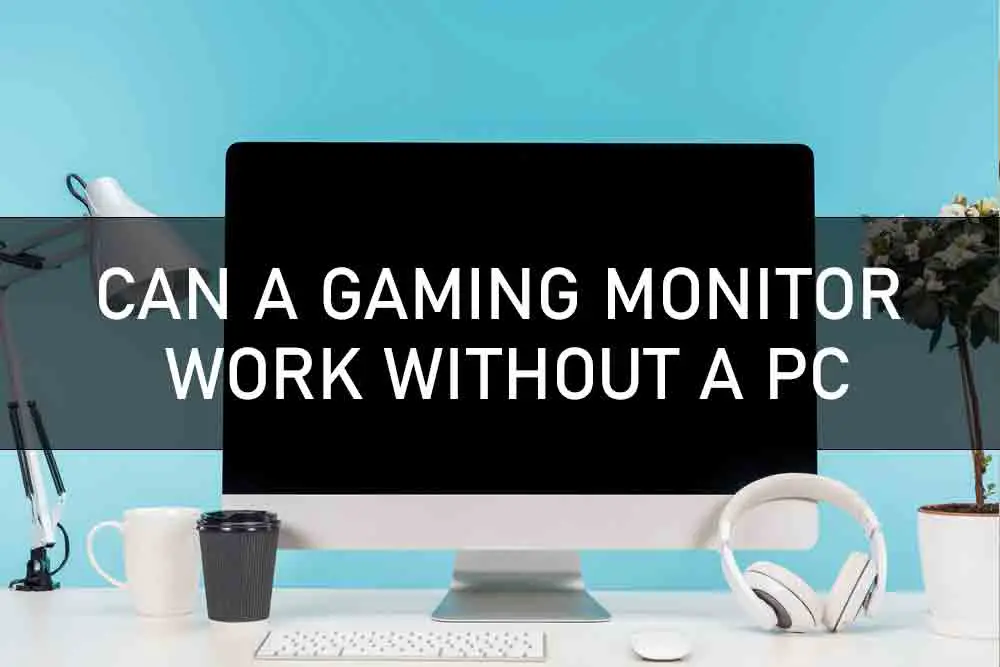It’s no secret that computers have become an integral part of our everyday lives. We use them to work, connect with friends and family, watch movies, play games – the list could go on forever. However, one thing you might not know about computers is that they can cause eye strain!
If you use your computer for an extended period of time, you are probably familiar with the fatigue that comes along with it. Fortunately, there are ways to mitigate eye strain so you can keep using your computer without pain!
What Is Eye Strain, And Why Do People Get It?
Eye strain is often a result of poor lighting conditions and eye fatigue caused by focusing on something close (usually the computer screen) for an extended period of time.
Most people think they can simply rest their eyes when they feel any discomfort, but this is not always effective. Resting your eyes allows them to re-focus, which can cause eyestrain and headaches.
Signs of eye strain include irritation, redness, itchiness, burning, blurry vision, dry eyes, double vision, and soreness around the eyes.
To help prevent this uncomfortable sensation from happening in the first place, you should take steps to ensure that your monitor is a perfect display size for your desk, has a great resolution and quality refresh rate along with the ability to adjust the height.
Best Monitors for Eye Strain reviews:
Best Monitor for Eyes Overall
Best for the Money
Best Low Blue Light Monitor
Best Monitor for Eyes Overall
Best for the Money
Best Low Blue Light Monitor
How to prevent eye strain?
The best way to prevent eye strain is by having the right monitor size. If your monitor is too small, you will have to lean forward to see it clearly. This will cause your eyes to focus on something close for a long period of time, resulting in fatigue.
On the other hand, if your monitor is too large, you will have to strain your neck if you sit too far away. Another reason why having the right size is important is that it reduces the need for excessive scrolling or zooming in on things, which can damage your vision as well.
Another step you can take to prevent eye strain is by making sure your monitor has a high resolution. The higher the resolution, the easier it is for your eyes to decipher images on the screen. A large, pixelated image will cause more eye fatigue than a sharp and crisp one.
Thirdly, you should have a monitor with a quality refresh rate – 60 Hz or more is recommended – as this will allow you to move fast without creating images that are blurry or jittery.
Lastly, you should find the perfect monitor height for your desk so that it is comfortable to use and doesn’t place too much strain on your neck or back, which could also lead to injury.
By simply taking all of these steps, you will reduce eye strain dramatically and feel better using your computer!
Choosing the Best Monitor for Your Eyes
Just like there are certain features that you should look for in the best computer mice, there are also certain aspects of computer monitors that will help prevent eye strain.
Monitor Size
When trying to choose the best monitor for eyes, you need to consider your desk space and determine whether or not a larger screen is necessary. If you have more room on your computer desk, then a bigger monitor can be advantageous as it will not require excessive scrolling or zooming. Also, if the size of the text on the screen is too small, your eyes may become tired very quickly.
Resolution
The resolution of a monitor can affect how strained your eyes are over time. The higher the resolution, the better it will be for your eyes as you won’t have to strain them to make out images on the screen. If there is text on your screen that is too small, then your eyes may ache to try to decipher it.
Refresh Rate
A slow refresh rate means that there will be blurring when you move the mouse or type on the keyboard quickly. This causes eye strain and could also result in headaches. The higher the refresh rate, the better because it will reduce blur and help you move a lot faster.
Height Adjustment
Having a monitor that is at the perfect height can reduce eye strain and make it easier to work for long periods of time. A monitor should be about 2-3 inches above your eyes when looking straight forward. If it’s too high, you will have to crane your neck, but if it’s too low, you will have to bend down, which will cause back issues.
Adjusting the screen angle can also be helpful because it helps reduce glare so that you won’t have to squint or wear glasses with special anti-reflective lenses.
Viewing Angle
Your eyes are only comfortable when looking directly at what you are supposed to be focusing on. If your monitor is at the perfect height, has a great resolution, and good refresh rate, but there is glare or other issues causing you to look elsewhere on the screen, this will put an unnecessary strain on your vision.
Panel Type
Your eyes are not very comfortable when looking at a screen that is backlit with an LED panel. A flicker-free monitor with an LCD panel, on the other hand, is what you should be looking for because it will help reduce eye strain and make it much easier to work.
As you can see, there are many ways in which you can reduce eye strain and use your computer in a way that is less harmful to your vision. Be sure to check these things when you’re looking for the best monitor for your eyes, and before long, you’ll be able to work on the computer with no problems!
What is Eye-Caring Technology?
Eye-care technology is a relatively new concept in the world of computers. Using elements such as blue light filters and anti-glare coating, these technologies make it easier for you to use your computer without worrying about eye strain or other vision problems.
What Is A Blue Light Filter?
Staring at a screen that emits a lot of blue light (which is emitted by LEDs) for an extended period of time can cause eye strain, headaches, and even make it difficult to sleep. A blue light filter changes the properties of the screen so that less blue light will be noticeable when you’re looking at it.
What is Anti-Glare Coating
As mentioned earlier, LED panels tend to produce a lot of glare that can be tough on your eyes. Using an anti-glare coating will reduce the amount of eye strain and headache-inducing light, without sacrificing color vibrancy.
Whether you want to make sure you’re looking at a non-glare LED monitor or you’d rather care for your eyes with a blue light filter, it’s important to look for this technology when you’re looking at the best computer monitor for the eye strain.
What is Flicker-Free Technology?
Most monitors that are backlit with an LED panel will flicker every time the screen refreshes itself. This is an annoying distraction that can cause eye strain if you’re staring at it for long periods of time and is generally displeasing to look at. A flicker-free monitor won’t have this problem because it uses a completely different method of producing light.
What is an LCD Panel?
LCD stands for liquid crystal display, which is the type of panel that will reduce flicker and prevents constant on-and-off light production. It’s preferable to LED because it doesn’t emit flickers or cause other problems with your vision. If you’ve decided to go with an LCD monitor, be sure to look for an anti-glare coating so that it won’t produce glare.
Which is Better for Eyes TV or Monitor?
LCD monitors are better for eyes than TVs because they don’t flicker and use a more comfortable type of lighting. If you’re looking to purchase an LCD monitor, be sure that it doesn’t have a LED panel!
What is The Best Size Monitor for Eyes?
As we mentioned earlier, you want your monitor to be at least 20 inches, maybe slightly below or above that. This is the perfect size for your screen to be as close as possible without causing eye strain.
What Size Resolution Do I Need?
You want around 1920×1080, but it’s all up to you and what you’ll be using the monitor for. For best results, we recommend going with a bigger resolution if you can, but 1920×1080 is the smallest possible if you’re on a budget.
Is 16:9 or 16:10 Better for Eyes?
16:9 monitors are much more popular and give you 25% more viewing space than their 16:10 counterparts. If it’s all up to personal preference, we recommend 16:9 if you can.
What is The Best Refresh Rate for Eyes?
The standard refresh rate for most monitors is 60 Hz, but some newer ones are capable of hitting 144 Hz which is much better. If you’re looking to buy a monitor that will be perfect for working with no eyestrain, go with the highest refresh rate possible.
Why Are Things Becoming Blurry After Using The Computer?
It’s important for you to have the clearest vision possible while working on your computer and if you notice anything blurry it can be a sign that something isn’t right. If your eyes start to become tired or uncomfortable, take a break and see if they feel better before going back to work.
Is A Curved Monitor Bad For The Eyes?
It’s not bad to have a curved computer monitor, but we recommend getting one with the least amount of curvature possible. This way your eyes will be as comfortable as they can possibly be and you’ll experience less eye strain than other monitors offer.
Which Monitor Is Better For The Eyes LED or LCD?
LCD monitors are better for your eyes because they don’t flicker, emit light constantly, or have any glaring problems. They also tend to be bigger and will give you more screen space if this is what you need.
What To Consider Blue Light Settings:
There are a few different types of blue light filters, so be sure to find one that works best for you.
LED or LCD: LED monitors will flicker and cause problems with your eyesight which isn’t great for long-term use. If you can avoid it, try to not have a LED panel on your new monitor.
Perfect vision: If you have any vision problems, consider getting a monitor with an anti-glare coating so that you can see everything clearly.
Size is important: Larger monitors are generally better for your eyes because they don’t strain them when it comes to viewing. A bigger screen means more visibility and less eye strain!
Refresh rate is key: The standard refresh rate tends to be 60 Hz, but you might want something higher if you’re working on a newer monitor.
Best Practices Make sure your monitor is blue light free: If there’s anything bad about the high-tech screens we use today, it’s that they emit harmful lights that can strain your eyes and give you problems later on in life like retina damage. Make sure your monitor is as blue-light-free as possible!
Choose the right resolution: Gaming monitors usually have a high resolution and can even go to 4k. If you’re just surfing the web and reading articles, we recommend sticking with something less than 1920×1080 which has 25% more screen space than the 16:10 aspect ratio.
Is the refresh rate good enough? Most monitors have a 60 Hz refresh rate, but it’s possible for them to reach 144 Hz which is much better for your eyes. If you don’t need anything higher than that, stick with normal!
Conclusion It’s important to use your computer monitor correctly so that you can have eye strain-free days.
When Purchasing The Finest Monitor For Eye Strain, What Factors Should You Consider?
Panel type: Choose an LCD panel to reduce the chance of screen-related eye strain.
Resolution: 1920×1080 is recommended for standard monitors, but 4k displays are better for high-resolution viewing.
Refresh rate: The standard refresh rate tends to be 60 Hz, but you might want something higher if you’re working on a newer monitor.
Blue light settings: There are a few different types of blue light filters, so be sure to find one that works best for you.
LED or LCD: LED monitors will flicker and cause problems with your eyesight which isn’t great for long-term use. If you can avoid it, try to not have a LED panel on your new monitor.
VESA mount compatibility: Does your current monitor have VESA mounts? If so, you’ll be able to attach your new one with ease!
Size: Larger monitors are generally better for your eyes because they don’t strain them when it comes to viewing. A bigger screen means more visibility and less eye strain!
Low Blue Light Technology: Controls the amount of blue light your monitor emits.
Automatic Brightness Adjustment: Your monitor will adjust the brightness to produce the best picture!
Perfect Vision: If you have any vision problems, consider getting a monitor with an anti-glare coating so that you can see everything clearly.
Flicker-free: LED monitors will flicker which can cause eye strain and other health problems. Look for this option if you want to minimize discomfort.
Built-in Speakers: Most monitors have built-in speakers to save you space and give you more eye relief!
Anti-Glare Coating: Keep your eyes healthy by finding a monitor with an anti-glare coating! This will reduce your chances of retina problems long term.
Height Adjustable Monitor Stand: Get the perfect height for your monitor that matches up to your ideal viewing distance.
Ergonomic Design: Displays with ergonomic designs are perfect for avoiding computer eye strain while working!
VA, QLED, and OLED panels: These types of displays emit no harmful blue light and can help reduce eye strain!
Image Retention: This will keep images from staying on your screen for too long and causing blurry images.
Flat or Curved: Curved displays are better because they enhance the viewing experience and mimic human sightlines.
IPS Monitors or TN: Look for a monitor with IPS to maximize screen visibility and avoid any color distortions. TN panels are cheaper but suffer from more perspective shifts and low viewing angles.
G-Sync and FreeSync: Look for monitors with these technologies to prevent screen tearing and other visual artifacts.








